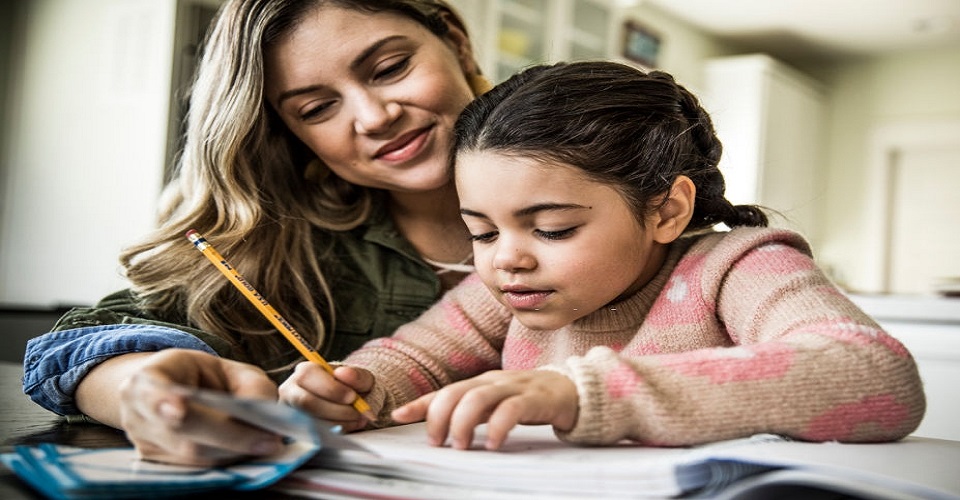Understanding the Behavioural and Emotional Disorders in Learning Disability
15th May 2020

Clear understandings about the behavioural and emotional disorders in learning disabilities are very much significant, especially for all the teachers. As a teaching professional, it is necessary to comprehend the communication of different emotional anxieties and their impact on children with learning disabilities. In an inclusive education practice, promoting wellness among children needs decisive concentration and involvement in both instructive and expressive showground. Even though it is not doable always to find out which of the factors is accountable for a child's behaviour, but it is essential to keep in mind the probable communications to determine the involvement strategies.
What is Emotional and Behavioural Disorders?
According to the Individuals with Disabilities Education Act (IDEA), emotional and behavioural disorders demonstrate these characteristics:
- An inability to learn that cannot be explained by intellectual, sensory, or health factors.
- An inability to build or maintain satisfactory interpersonal relationships with peers and teachers.
- Inappropriate types of behaviour or feelings under normal circumstances.
- A general pervasive mood of unhappiness or depression.
- A tendency to develop physical symptoms or fears associated with personal or school problems.
Children who are recognized as behavioural/emotional may have their behaviour explained as internalizing or externalizing performance. Learning disability is not a single disorder; rather it comprises disabilities in different parts related to reading, language, and mathematics etc. These different types of learning disabilities repeatedly co-occur with one another along with different social ability discrepancies and emotional or behavioural disorders.
Relationship between Learning Disabilities and behaviour & emotional disorders
It is complex. Emotional and behavioural disorders are among the most widespread never-ending health conditions of childhood. This often has some serious negative outcomes for a child’s academic feat as well as social growth. Usually, parents are the first people to recognize that a child has some serious emotional or behavioural problems and they play a foremost role in arranging the proper diagnostic and treatment for children. Generally, learning disabilities have for the most part focused on academic underachievement, and cognitive aptitude dearth, sometimes it also includes the oral and written language disorders. The problem with learning disabled children is social, emotional, and behavioural development which have received little attention.
The most prominent identification fell under the variety of anxiety disorders and a marginal was diagnosed with depression. Children with learning disabilities are not possible to experience depression more than those in the general inhabitants and they suffer from depression along with less self-esteem. Frequently, children with learning disabilities have troubles with domestic and peer associations and this may be the consequence of dealing out problems. This consecutively may effect in forestalling actions. Children who are not capable to build up the avoidance resistances may show short-tempered or aggressive behavior to cope with stress. When learning disabilities and behavioral problems come out together, it is significant to identify whether the behavior is less important to the learning disability or not.
There is an experimental relationship between children who have learning disabilities and children who are agitated. Moreover, such children repeatedly develop secondary emotional problems. Students diagnosed with emotional disorders (ED) are frequently incorporated in general education classrooms. There are two categories under the umbrella of Emotional and Behavioral Disorders: Psychiatric Disorders and Behavioral Disabilities. The psychiatric disorders are described as cerebral, behavioral, or perceptual molds which damage the daily performance of the child. Children with behavioral disorders connect in behavior which is upsetting to classroom operation, sometimes harmful to themselves and others.
Teaching children with emotional and behavioral disorders can be tremendously challenging and that’s why the different learning disability courses online are now developing their set of courses. It is quite tough to remain positive in such face, but try to not give up. Your behaviour could mean a world of differentiation to children with emotional and behavioral disorders students who are struggling with an exceptionally difficult circumstance.

